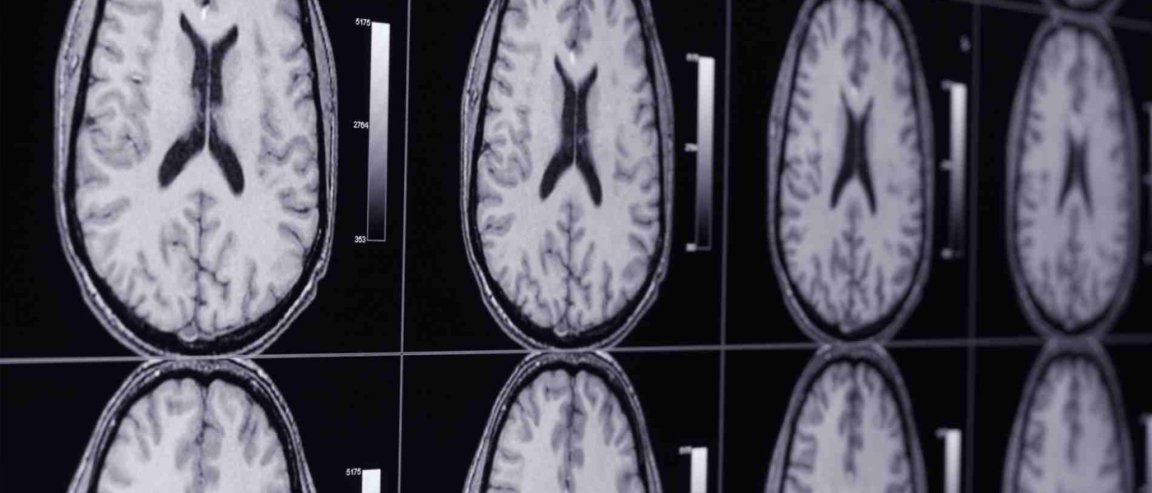
Another Way into the Brain
A study documenting the work of neurosurgeon Alexandre Carpentier at the Pitié-Salpêtrière Hospital in Paris was published Wednesday in Science Translational Medicine. The study shows that doctors can use ultrasound to penetrate the blood-brain barrier in patients with recurrent glioblastoma to directly inject medication that normally would not permeate the barrier.
This trial is similar to one being performed by the Sunnybrook Health Sciences Centre. However, Neal Kassell of the Focused Ultrasound Foundation tells us that Carpentier’s trial is “is the first time they’ve shown the safety of repetitively opening the blood-brain barrier in humans.” This is achieved by a small implant, a Carpentier invention named a SonoCloud, which is able to send ultrasound diffusely to the portions of the brain affected by the tumors. This contrasts with Sunnybrook’s more focused approach. This is especially advantageous to glioblastoma patients given the tumor’s ability to blend in with brain tissue near the tumor. Doctors were able to then inject chemotherapy medication directly into the tumor. Patients are not even able to feel the ultrasound being emitted.

Progress, Trials, and Therapies
Animal trials with mice have shown that just by opening the blood-brain barrier, the amyloid-β plaque linked with Alzheimer’s decreased in both number and volume. Carpentier has begun trials to test how effective this may be in humans.
Kassel stated that his hope for ultrasound therapy is “to be able to repetitively and reversibly open the blood-brain barrier in a non-invasive, targeted, and focused manner.” Carpentier realizes that there is still work to be done. He is currently planning the next step in the trial, which is to see how much more effective the drugs injected directly are in stopping tumor growth and preventing regrowth.
The SonoCloud is developed by CarThera, the company founded by Capentier.